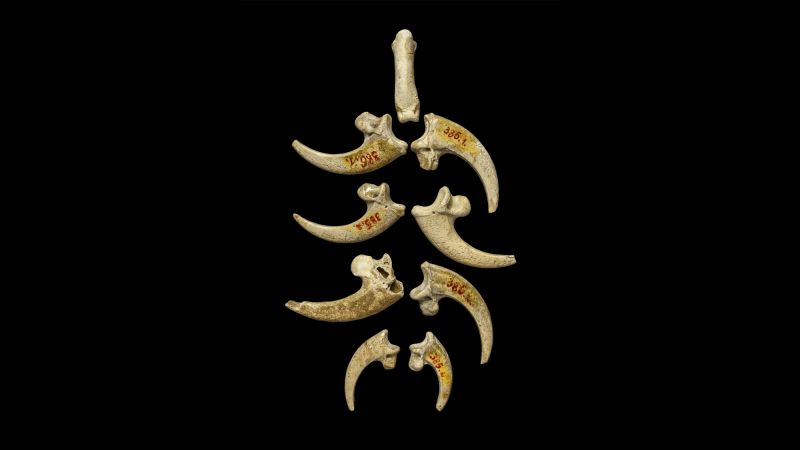Neanderthals: Masters of Ancient Jewelry-Making
Recent studies have uncovered that Neanderthals exhibited significantly more cognitive abilities than previously thought. Evidently, they demonstrated skillfulness in creating jewelry from eagle talons. This remarkable discovery not only sheds light on their artistic capabilities but also provides insights into their social behaviors and cognitive skills.
Evidence of Neanderthal Craftsmanship
Research indicates that Neanderthals were not only capable of using tools but could also manipulate nature’s materials for artistic purposes. The artifacts, consisting of eagle talons and a phalanx (a bone found in the feet or hands of vertebrates), showcase intricate modifications that point toward jewelry-making practices.

Analyzing Cut Marks and Notches
Utilizing advanced imaging technology, researchers have identified three distinct cut marks on the jewelry pieces, confirming human modification. These details suggest that Neanderthals manipulated the talons to craft ornamentation with sophistication.

Implications for Understanding Neanderthal Culture
The findings suggest that Neanderthals were concerned with aesthetics, indicating their desire for ornamentation. Moreover, these insights into their jewelry-making abilities provide a greater understanding of their social structures and interactions.

Conclusion
Consequently, the evidence points toward sophisticated cognitive abilities and creativity in Neanderthals. This discovery ultimately enriches our understanding of human evolution and the cognitive complexity of our ancestral relatives.


Through this research, the legacy of Neanderthals as innovative artisans is firmly established, inviting further exploration into their cultural practices.




